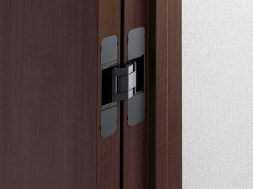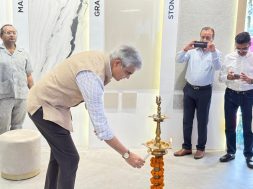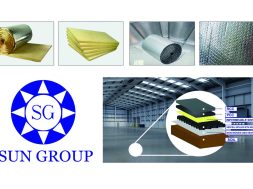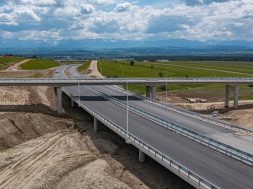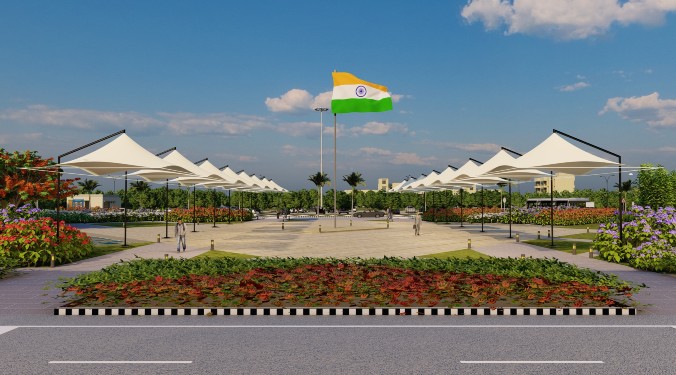“Once the market is educated about the benefits of energy-efficient buildings and ready to pay the extra initial premium for the same, they [energy-efficient buildings] will be widely accepted,” says Rohit Mohan, Head of Design, Emaar MGF Land Ltd.
Energy efficiency is an integral part of the design by Emaar MGF’s all new projects. The Commonwealth Games Village, awarded with GRIHA certification with 2-Star rating, is one such example. In a conversation with ACE Update, Rohit Mohan shares how Emaar MGF is working towards a sustainable, eco-friendly realty.
Judging energy-efficient buildingEnergy efficiency in a building should be judged both at the operational and construction stage of the project. During the construction stage, the impact on air and water quality, neighbouring developments and microclimate should be minimum. The construction waste should be appropriately recycled and embodied energy of the materials used should be minimum. During the operational phase, the energy consumption in cooling and heating of the building and lighting load should be optimised. The use of potable water should be less for irrigation, and AC water makeup and innovative waste water technologies should be adopted. The heat island effect and light pollution should be minimised. A measurement and verification strategy should be in place, and the building energy consumption should be monitored against the predicted performance.
Perfect design of energy-efficient buildingsA most cost-effective energy efficient solution can be achieved if it is made an integral part of the design basis starting from the project. Appropriate passive architecture techniques, sun path analysis, orientation, and climatic responsive envelope design are measures which can contribute to a great extent if applied at the right stage. However, all these measures may not be feasible for all type of projects with varied business needs. At the other end, we can integrate energy-efficient MEP systems and automation which has higher capital investment but eventually pay off during the operational stage.
‘Energy harvest’ vs ‘energy conservation’Both have their own significance. Energy conservation is foremost with the aim being to reduce the per capita energy consumption. Energy conservation can be achieved by using it with care and efficient technologies. It requires coherent efforts from all stakeholders – end users, developers, manufacturers and government.
Energy harvest is the only solution to meet the future energy needs. However, more research and initiative are required from the government to make solar, wind, and tidal energy a reality which at present doesn’t seem feasible for individual projects because of geographical constraints, expensive real state, technical challenges and high cost.
Passive solar buildingsThe design of passive solar building is deep rooted in our history. Our ancestors were mastered in the art of passive solar architecture. We are adopting our old-age techniques for designing modern buildings with an amalgamation of new innovations in technologies. Acceptance of energy efficientOnce the market is educated about the benefits of energy-efficient buildings and ready to pay the extra initial premium for the same, they will be widely accepted. The payback time of these buildings has now come down to 4 years from 7 years. Once the technology and material are locally available and pricing become competitive, the construction of these buildings will be cheaper than the conventional building.
Emaar MGF and energy-efficient buildingsEnergy efficiency has become an integral part of the design brief for Emaar MGF’s all new projects. The Commonwealth Games Village is developed with a determination of energy efficiency during the design, construction and operational phase of the building. The construction was closely monitored for waste recycle and use of regional materials. The building was constructed with fly ash mixed cement, AAC blocks and double-glazed units for windows. The air-conditioning system has VRVs and VFDs installed to make it energy efficient. And VoCc paints were not used and the water faucets used are low flow fixtures. The building was awarded with GRIHA certification with 2-Star rating.
Emaar MGF’s upcoming office complexes — Digital Greens and Commerce Park — intend to be LEED certified green buildings. Digital Greens is in advanced stage of construction and pre-certified with Gold rating.
Cookie Consent
We use cookies to personalize your experience. By continuing to visit this website you agree to our Terms & Conditions, Privacy Policy and Cookie Policy.
